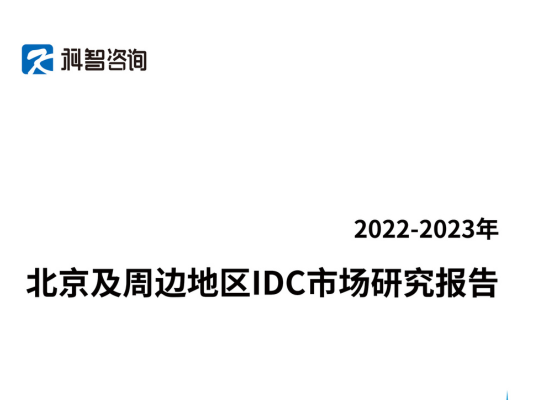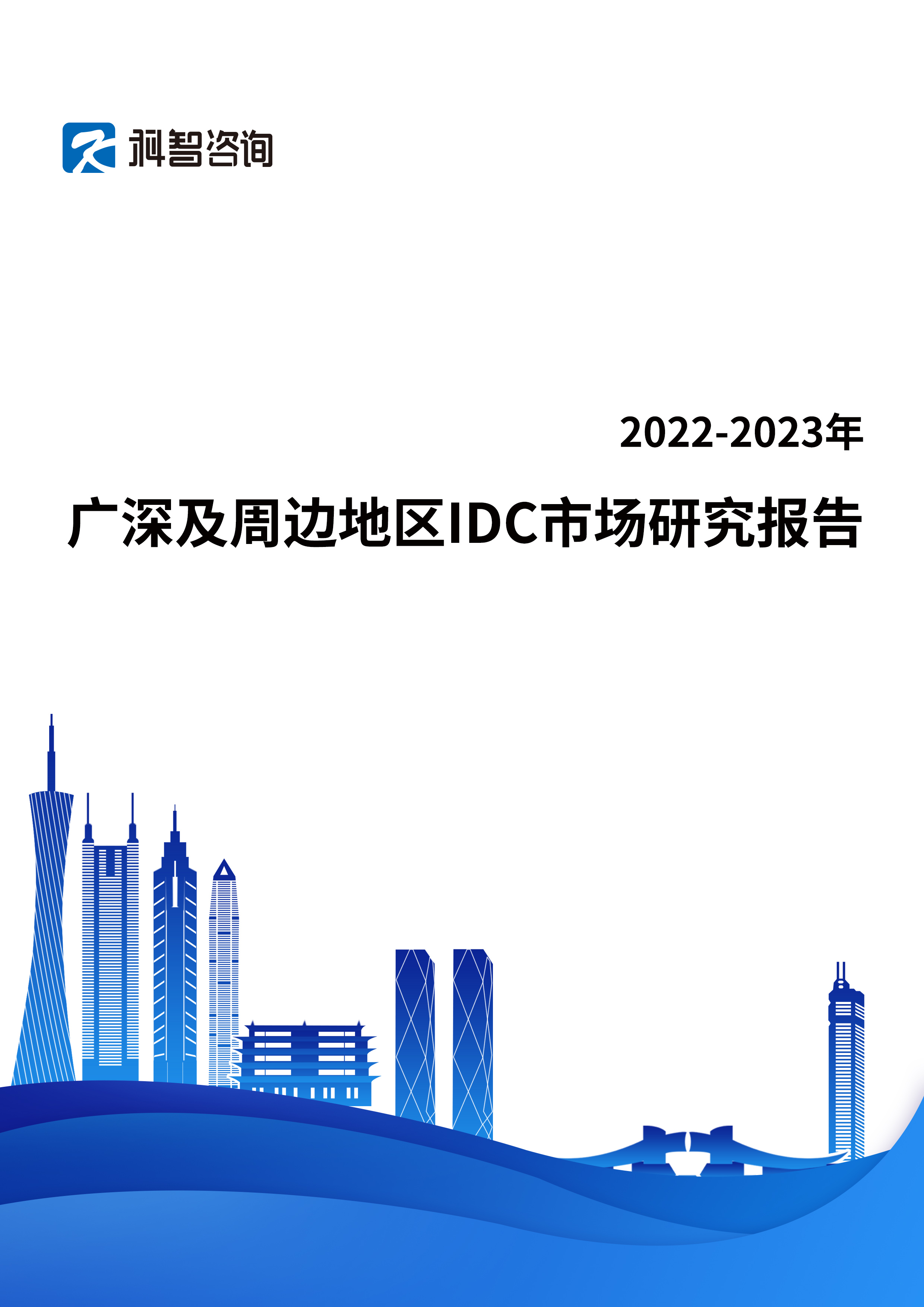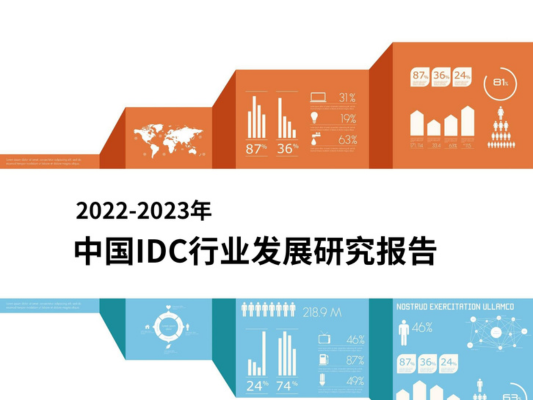Hyperscalers Google, Azure and Amazon Web Services (AWS) are involved in an arms race to cover more ground, offer more territories with higher availability and deliver a wider range of low-latency services. As a result, they are building new data centers, leasing many more and expanding into new territories.
According to Synergy Research Group, the top three cloud providers account for 65% of the worldwide market. At the end of the first quarter of 2023, that meant 32% for AWS, 23% for Microsoft Azure and 10% for Google Cloud Platform (GCP). The next 20 providers have only carved out a combined 26% slice of the pie. Of those, the ones with the highest growth rates are Oracle, Snowflake, MongoDB, Huawei and three Chinese telcos.
In the past five years, quarterly revenue for cloud infrastructure services has jumped from around $15 billion to $63 billion, with Amazon leading the way. The hyperscaler has steadily maintained a 32%–34% market share for close to a decade. And has been recording consistent quarterly revenue increases of 30% to 40%, and sometimes as high as 80%, during that time. But AWS’s glory days may be over.
Amazon’s rate of expansion has slowed in the last few quarters and appears to be settling out around 20%–25%. GCP and Azure appear to be experiencing a similar trend.
“High energy costs, along with inflation, are making organizations more cautious about spending money,” said Owen Rogers, an analyst for Uptime Institute. “But reports of the cloud decline have been greatly exaggerated. Organizations are cutting cloud costs but not cloud consumption.”
The billion-dollar battle prize
Synergy Research tallied up 2022 infrastructure revenues for the cloud at $237 billion with cloud services adding another $307 billion. But the hyperscalers don’t have it all their own way. In the public cloud, Microsoft, AWS, Salesforce and Google are the biggest players. But there are many other prominent participants: Adobe, Alibaba, Cisco, Dell, Digital Realty, Huawei, IBM, Inspur, Oracle, SAP and VMware are all carving out niches within the public cloud.
Synergy forecasts that public cloud ecosystem revenues will double by 2026. No wonder the hyperscalers and many of their cloud competitors are building so many data centers and leasing colocation services around the world. To support this doubling of public cloud revenues, the number of hyperscale data centers will need to grow by at least 50%. Even then, colocation providers will be heavily relied on to help expand public cloud presence in emerging markets.
Colocation provider Equinix, for example, owns and operates a network of around 250 data centers across the globe, spanning more than 70 major metro areas and 32 nations. Many more are on the way. These facilities provide digital infrastructure for more than 10,000 businesses, including more than 50% of the Fortune 500. Other big cololators like Digital Reality, CyrusOne, Stack Infrastructure and QTS Realty Trust are engaging in similar expansion programs.
And then there are the tech vendors like Oracle and Facebook who are not shy about building their own data centers. In response to the rise of the hyperscalers, Oracle has accelerated its cloud coverage and now boasts a similar number of cloud regions as Microsoft or AWS. The hyperscalers cover far more actual real estate and boast far more customers and overall cloud footprint than Oracle by a large margin. However, Oracle isn’t going after the low end. It’s making a play for dominance of higher-end business. It wants to be the provider of choice for demanding financial, artificial intelligence (AI) and other applications and own the large-scale, high-performance enterprise space.
“By continuing to establish cloud regions at a rapid pace in strategic locations such as the U.S. Midwest, Oracle is demonstrating a commitment to giving its customers as many options as possible to leverage the cloud on their terms,” said Chris Kanaracus, an analyst at International Data Corp (IDC).
Fighting for territory — proximity counts
Geographically, the cloud market continues to grow strongly in all regions of the world. North America, Asia/Pacific and Europe are all growing by more than 20% per year. The US, of course, rules the roost at 45% of all cloud service revenues in 2022 and 53% of hyperscale data center capacity.
The hyperscalers and their competitors are aggressively targeting countries with the highest GDP and the best telecommunications infrastructure as that is where the money is. But there are plenty of gaps. All of the hyperscalers only operate in 17 countries around the globe. But that amounts to cloud regions that make up 56% of global GDP. When you tally up regions that have at least one hyperscaler present, it makes up 87% of global GDP across 40 countries.
The hyperscalers currently operate in over 100 distinct regions and that number is going to expand to 130 by the end of 2023, according to Synergy.
“The primary reason providers offer a range of regions is latency,” said Rogers. “In general, no matter how good the network infrastructure is, the further the end user is from the cloud application, the greater the delay and the poorer the end-user experience (especially on latency-sensitive applications, such as interactive gaming).”
Other drivers of having more regions are compliance, regulatory pressure and governance. If Germany, California or New Zealand enacts a data privacy law restricting data from leaving their borders, the simplest solution is a region specifically for that zone so that latency and privacy needs are catered to.
Sustainability enters the battle
Another factor may be destined to upset the apple cart over the next few years — sustainability. Just about every press release from Equinix discusses climate neutrality and achieving net-zero carbon dioxide (CO2) emissions. Pressure is growing from regulators, corporate executives, data center customers and local environmental groups to greatly reduce power consumption from data centers and raise their level of environmental responsibility. Those that make the most progress are likely to gain ground. Hence, all the hyperscalers are putting their best and greenest foot forward in the design and operation of new data centers.
“Sustainability is becoming an important issue, having implications not only on enterprises but also on their entire supply chain,” said William Lee, an analyst at IDC. “The data center industry is increasingly facing pressure from stakeholders, such as regulators and investors, to make operations more sustainable.”







